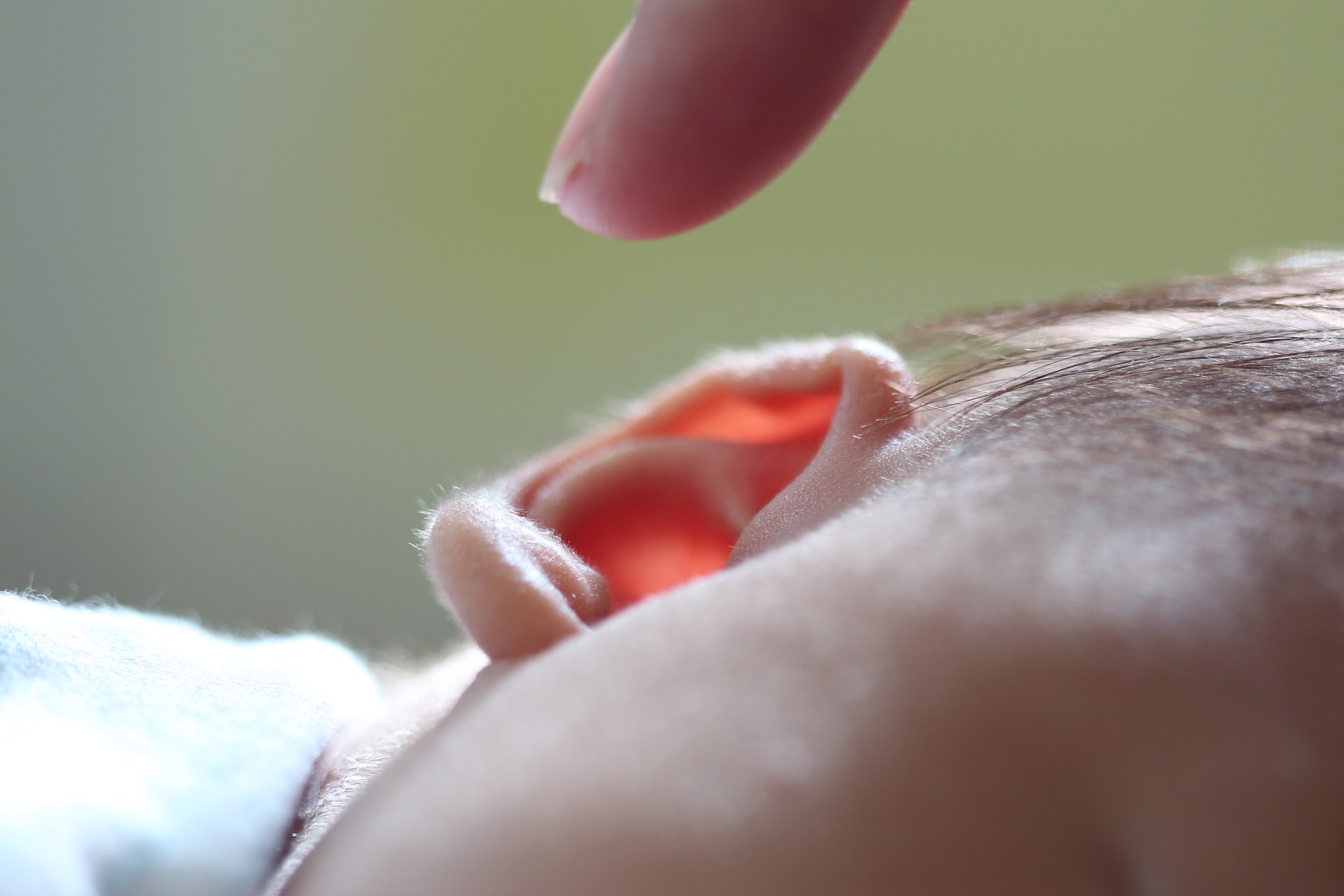
Stanford enrolling in hearing loss clinical trial
Posted on March 8th, 2022
A clinical trial of a topical solution to restore hearing by repairing ear drum damage caused by chronic infection, developed by researchers at Stanford University, is now recruiting patients. This first-in-human study is the result of an innovative collaboration that has helped develop a discovery from Stanford labs to reach patients – truly a medical “bench to bedside” success story.
This topical treatment offers a potential non-surgical therapy to treat children and adults with chronic holes in the ear drum, for whom other solutions like surgery are too costly or unavailable. The randomized, multi-center, double-blind Phase 1/2a trial is enrolling 114 adult patients with chronic tympanic membrane perforations. Primary and secondary endpoints will evaluate safety, tolerability, efficacy and pharmacokinetics of the topical solution.
The work was initiated by Dr. Peter Santa Maria, Associate Professor of Otolaryngology – Head & Neck Surgery at Stanford University, who joined the SPARK at Stanford translational research program in 2014 with a project to develop a regenerative treatment for the ear drum. Dr. Santa Maria had seen first-hand children with recurrent ear infections caused by ear drum perforations in his native Australia, who lacked access to care. With the help of SPARK, Dr. Santa Maria and advisors initiated a startup company, Auration Biotech, to develop the topical growth factor treatment. In 2017, Astellas Pharma licensed worldwide rights to a simple growth factor-based topical application from Auration.
This new treatment also represents the success of funding and collaboration with the Stanford Maternal and Child Health Research Institute and the Stanford Initiative to Cure Hearing Loss by Stanford’s Department of Otolaryngology, whose long-term goal is to restore hearing.
Dr. Santa Maria said the trial is the result of a huge effort by many collaborators providing support. “It’s always a dream for a discovery to make it to patients and it represents the efforts of so many over many years,” said Dr. Santa Maria.
At Stanford, the clinical trial will be led by Dr. Jennifer Alyono, Clinical Assistant Professor of Otolaryngology – Head & Neck Surgery at Stanford.
“We’re very excited to bring this clinical trial to Stanford,” Dr. Alyono said. “Having a non-surgical option would be a huge benefit for patients with chronic tympanic membrane perforations, potentially saving them the time, costs, and risks associated with surgery and anesthesia.”
Permalink: https://sparkmed.stanford.edu/stanford-enrolling-hearing-loss-clinical-trial/
